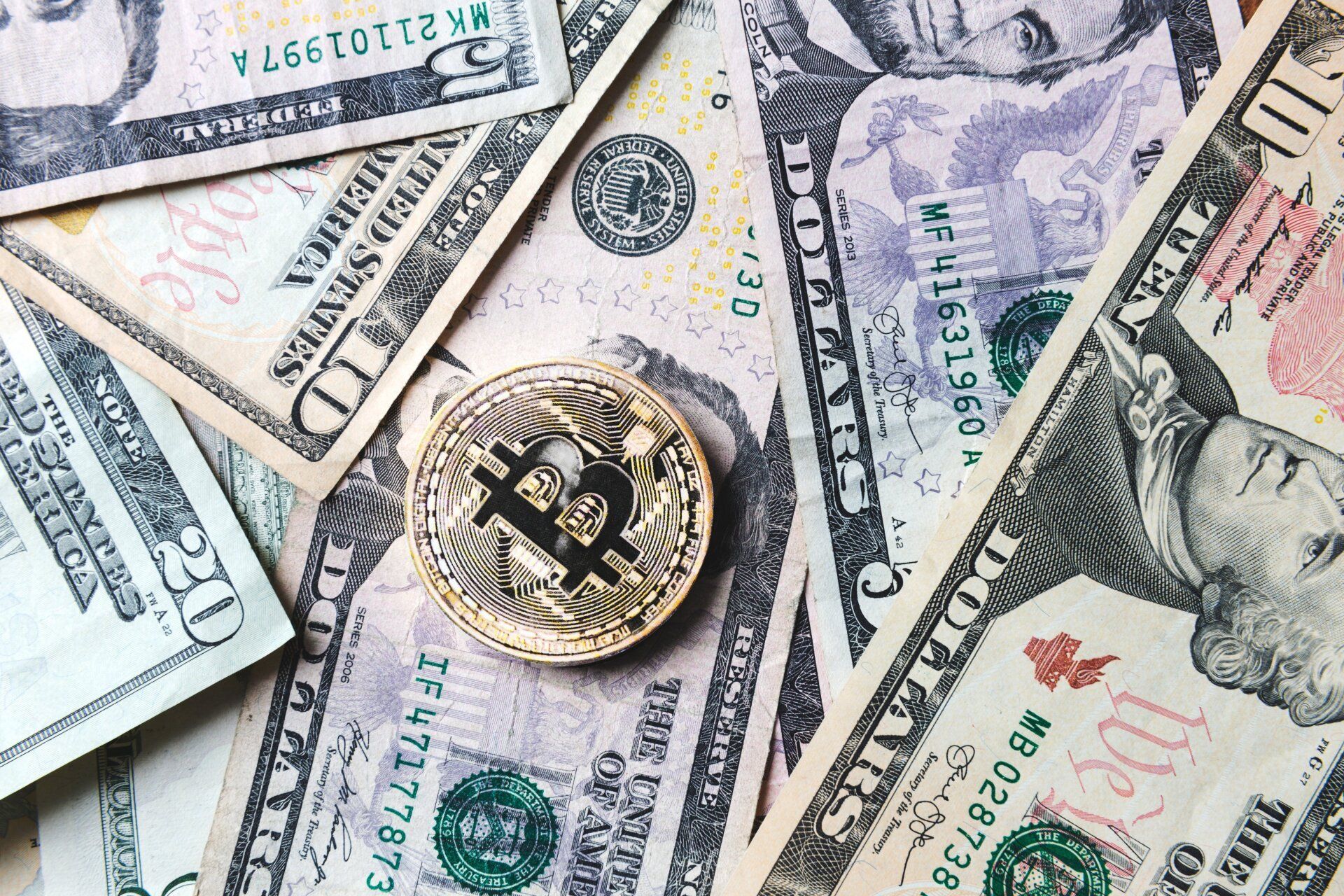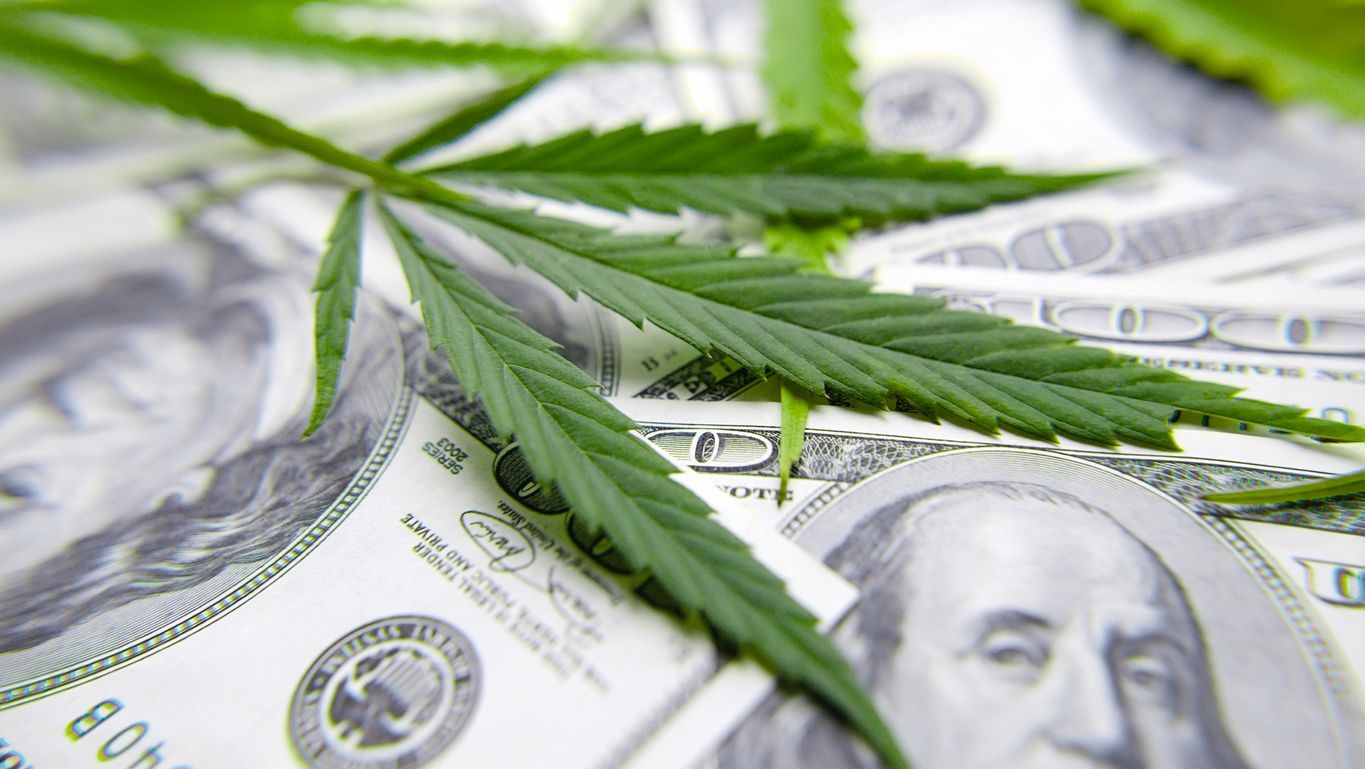The Fed and it's Relation to the Stock Market
The Federal Reserve commonly referred to as 'The Fed,' is the central bank of the United States of America. Free-market societies such as the US tend to go through booms and busts, alternating economic growth and decline phases. Society prospers during the boom phases, but the economic downturns can be hard on ordinary citizens.
The Fed was established in 1913 to manage the nation's money supply and mitigate economic hardship during periods of economic contraction. Acting as the lender of last resort, the Fed would lend money to commercial banks to keep credit from drying up during an economic downturn. Since then, the role of the Fed has grown significantly.
Today, the Federal Reserve conducts monetary policy, regulates the nation's largest banks, promotes consumer protection, and provides stability to the financial system. The Federal Reserve is indeed a powerful institution, but there are limits to what it can and can't control. This post examines the purpose of the Fed and its relation to the stock market.
Inflation, Stock Market Prices, and the Fed
Prices for certain goods, most notably oil, energy, and food, go up and down all the time. Inflation occurs when prices rise steadily and broadly across the economy, eroding the value of cash. As a result, consumers have to spend more to maintain the status quo. The war in Europe has exacerbated inflation pressures, increasing oil, energy, and food prices (Russia and Ukraine collectively produce around a third of global wheat exports).
It's the Fed's responsibility to rein in spiraling prices, but they can't order oil, energy, and food prices to go down. Unfortunately, the Fed can't also keep Russia from invading Ukraine. What the Federal Open Market Committee (FOMC) — the group of officials from the Fed board and its regional reserve banks that sets monetary policy — can do is make banks more or less able to spend money.
As you can see, the Fed has no control over oil, energy, food, and how that relates to the stock market. Does inflation affect stock market prices? As inflation crumbles the value of the dollar, it can make it difficult for the market to appraise the current value of the companies that make up market indexes. Also, higher inflation usually leads to higher interest rates, increasing the cost of borrowing. The high cost of borrowing leads to low investment.
Don't Fear High Prices
Due to the market disruption caused by Russia's invasion of Ukraine, the price of Brent crude oil is about double what it was before the pandemic. However, investors still should not fear high prices. We've been here before. During the Iran-Iraq war between 1979 and 1981, the price of imported oil in the US increased twofold. Despite high inflation, the price of Exxon mobile continued to rise through the 1980s.
Prices for finished goods other than food and energy also rose significantly during that period. Interestingly, grocery store chain Kroger also maintained high stock prices in the 1980s despite the inflationary pressures. Due to sticky prices caused by inflation, food prices never went down. Prices continued to trend upward with the rate of inflation.
Wrapping Up
The Federal Reserve is about to embark on an inflation-fighting strategy, but it will take months or longer to feel its effect. That shouldn't discourage investors from making stock market investments. All you need is a plan to stay on top of the latest market trends, and you'll be fine.
To stay on top of the market trends with the current volatility, join our Brown Membership, where we keep you up to date on the latest. Not only do you receive monthly stock picks, but you will get access to our newest course Investing 101, along with Cryptocurrency 101. Contact us today or join at: https://www.browninvestors.com/stock-picks.









ACTIVE HOURS
- Mon - Fri
- -
- Saturday
- Appointment Only
- Sunday
- Closed

